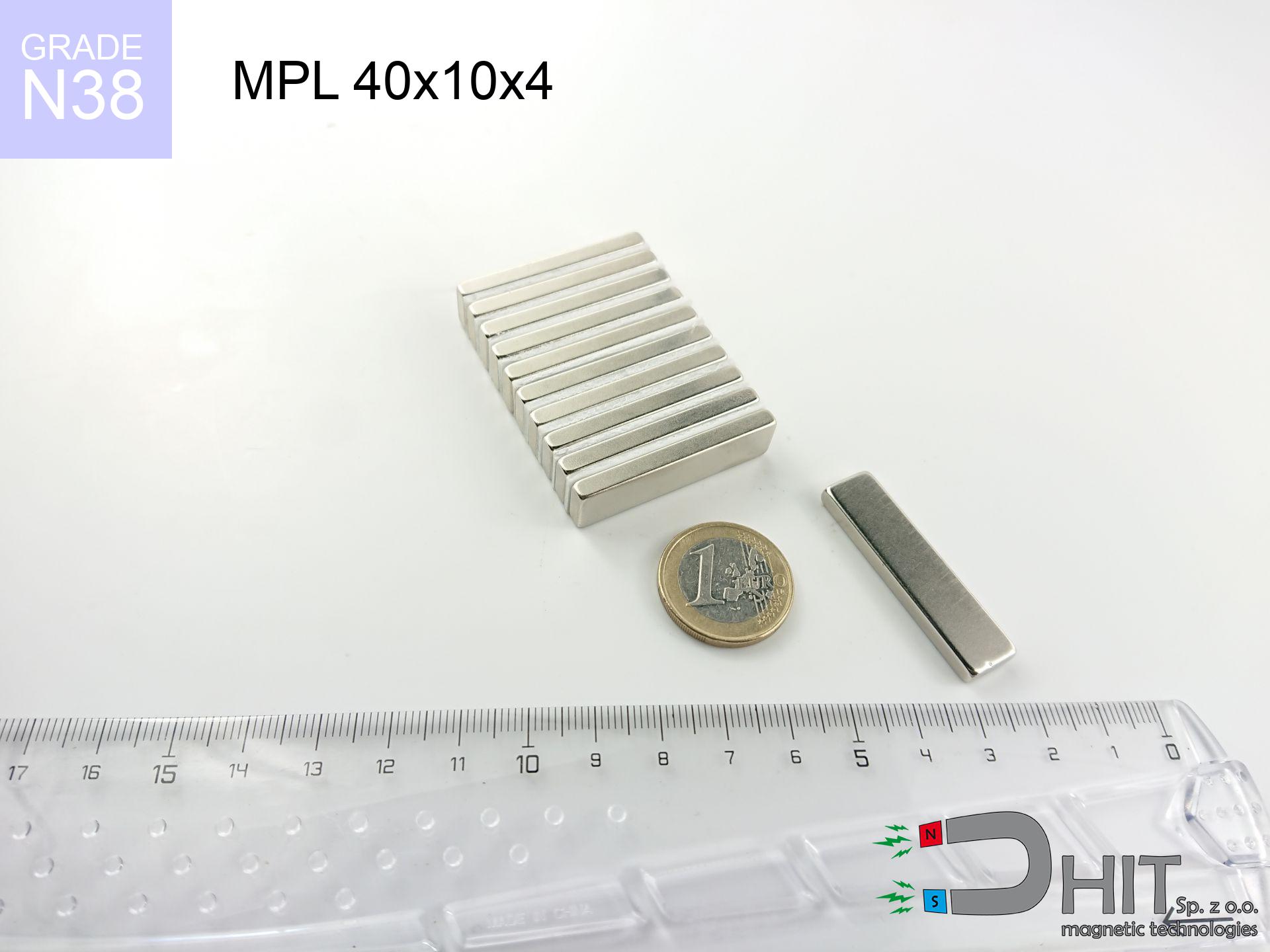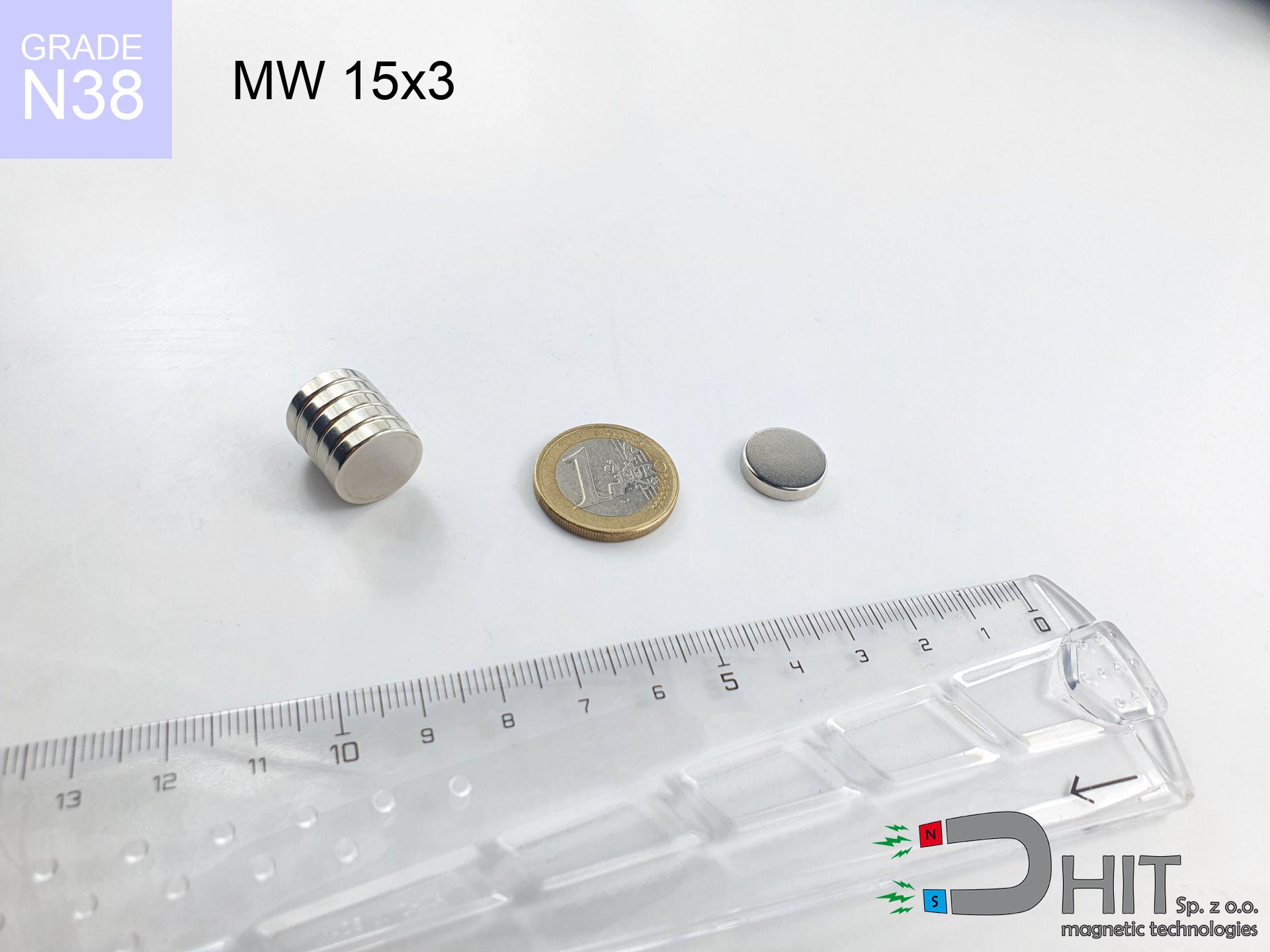CM PML-3 / N45 - magnetic gripper
magnetic gripper
Catalog no 100226
GTIN/EAN: 5906301812623
Weight
9400 g
Magnetization Direction
↑ axial
Load capacity
300.00 kg / 2941.99 N
938.99 ZŁ with VAT / pcs + price for transport
763.41 ZŁ net + 23% VAT / pcs
bulk discounts:
Need more?
Call us
+48 22 499 98 98
alternatively drop us a message using
our online form
the contact section.
Force and shape of a magnet can be estimated with our
magnetic mass calculator.
Order by 14:00 and we’ll ship today!
Technical data of the product - CM PML-3 / N45 - magnetic gripper
Specification / characteristics - CM PML-3 / N45 - magnetic gripper
| properties | values |
|---|---|
| Cat. no. | 100226 |
| GTIN/EAN | 5906301812623 |
| Production/Distribution | Dhit sp. z o.o. |
| Country of origin | Poland / China / Germany |
| Customs code | 85059029 |
| Weight | 9400 g |
| Magnetization Direction | ↑ axial |
| Load capacity ~ ? | 300.00 kg / 2941.99 N |
| Manufacturing Tolerance | ±1 mm |
Magnetic properties of material N45
| properties | values | units |
|---|---|---|
| remenance Br [min. - max.] ? | 13.2-13.7 | kGs |
| remenance Br [min. - max.] ? | 1320-1370 | mT |
| coercivity bHc ? | 10.8-12.5 | kOe |
| coercivity bHc ? | 860-995 | kA/m |
| actual internal force iHc | ≥ 12 | kOe |
| actual internal force iHc | ≥ 955 | kA/m |
| energy density [min. - max.] ? | 43-45 | BH max MGOe |
| energy density [min. - max.] ? | 342-358 | BH max KJ/m |
| max. temperature ? | ≤ 80 | °C |
Physical properties of sintered neodymium magnets Nd2Fe14B at 20°C
| properties | values | units |
|---|---|---|
| Vickers hardness | ≥550 | Hv |
| Density | ≥7.4 | g/cm3 |
| Curie Temperature TC | 312 - 380 | °C |
| Curie Temperature TF | 593 - 716 | °F |
| Specific resistance | 150 | μΩ⋅cm |
| Bending strength | 250 | MPa |
| Compressive strength | 1000~1100 | MPa |
| Thermal expansion parallel (∥) to orientation (M) | (3-4) x 10-6 | °C-1 |
| Thermal expansion perpendicular (⊥) to orientation (M) | -(1-3) x 10-6 | °C-1 |
| Young's modulus | 1.7 x 104 | kg/mm² |
Chemical composition
| iron (Fe) | 64% – 68% |
| neodymium (Nd) | 29% – 32% |
| boron (B) | 1.1% – 1.2% |
| dysprosium (Dy) | 0.5% – 2.0% |
| coating (Ni-Cu-Ni) | < 0.05% |
Ecology and recycling (GPSR)
| recyclability (EoL) | 100% |
| recycled raw materials | ~10% (pre-cons) |
| carbon footprint | low / zredukowany |
| waste code (EWC) | 16 02 16 |
Other proposals
Advantages as well as disadvantages of rare earth magnets.
Advantages
- They have stable power, and over around 10 years their attraction force decreases symbolically – ~1% (according to theory),
- They retain their magnetic properties even under close interference source,
- By using a decorative coating of silver, the element acquires an elegant look,
- The surface of neodymium magnets generates a strong magnetic field – this is a distinguishing feature,
- Due to their durability and thermal resistance, neodymium magnets are capable of operate (depending on the shape) even at high temperatures reaching 230°C or more...
- Thanks to modularity in forming and the ability to customize to unusual requirements,
- Significant place in future technologies – they are utilized in hard drives, electric motors, precision medical tools, and modern systems.
- Relatively small size with high pulling force – neodymium magnets offer impressive pulling force in compact dimensions, which enables their usage in compact constructions
Cons
- To avoid cracks upon strong impacts, we recommend using special steel housings. Such a solution secures the magnet and simultaneously improves its durability.
- NdFeB magnets demagnetize when exposed to high temperatures. After reaching 80°C, many of them experience permanent weakening of power (a factor is the shape and dimensions of the magnet). We offer magnets specially adapted to work at temperatures up to 230°C marked [AH], which are very resistant to heat
- When exposed to humidity, magnets start to rust. To use them in conditions outside, it is recommended to use protective magnets, such as magnets in rubber or plastics, which secure oxidation and corrosion.
- Limited ability of producing threads in the magnet and complex forms - recommended is cover - mounting mechanism.
- Potential hazard to health – tiny shards of magnets can be dangerous, if swallowed, which is particularly important in the context of child safety. Furthermore, tiny parts of these magnets are able to complicate diagnosis medical in case of swallowing.
- Due to neodymium price, their price is relatively high,
Pull force analysis
Best holding force of the magnet in ideal parameters – what affects it?
- with the application of a sheet made of low-carbon steel, ensuring maximum field concentration
- possessing a thickness of at least 10 mm to ensure full flux closure
- characterized by smoothness
- under conditions of ideal adhesion (surface-to-surface)
- for force applied at a right angle (pull-off, not shear)
- at conditions approx. 20°C
Practical lifting capacity: influencing factors
- Gap between magnet and steel – even a fraction of a millimeter of distance (caused e.g. by veneer or dirt) drastically reduces the magnet efficiency, often by half at just 0.5 mm.
- Force direction – declared lifting capacity refers to pulling vertically. When applying parallel force, the magnet exhibits significantly lower power (often approx. 20-30% of maximum force).
- Metal thickness – the thinner the sheet, the weaker the hold. Magnetic flux penetrates through instead of converting into lifting capacity.
- Steel grade – the best choice is high-permeability steel. Stainless steels may attract less.
- Plate texture – ground elements ensure maximum contact, which improves field saturation. Rough surfaces weaken the grip.
- Thermal environment – temperature increase causes a temporary drop of induction. Check the thermal limit for a given model.
Lifting capacity testing was carried out on a smooth plate of suitable thickness, under a perpendicular pulling force, in contrast under attempts to slide the magnet the load capacity is reduced by as much as 75%. Moreover, even a slight gap between the magnet and the plate decreases the holding force.
Precautions when working with neodymium magnets
Mechanical processing
Dust generated during machining of magnets is self-igniting. Avoid drilling into magnets without proper cooling and knowledge.
Demagnetization risk
Keep cool. NdFeB magnets are sensitive to heat. If you need operation above 80°C, inquire about special high-temperature series (H, SH, UH).
Material brittleness
Despite metallic appearance, neodymium is brittle and not impact-resistant. Do not hit, as the magnet may shatter into hazardous fragments.
Powerful field
Handle magnets consciously. Their powerful strength can shock even professionals. Stay alert and respect their force.
Nickel allergy
Studies show that the nickel plating (the usual finish) is a potent allergen. For allergy sufferers, refrain from touching magnets with bare hands or opt for versions in plastic housing.
Hand protection
Big blocks can break fingers instantly. Never put your hand betwixt two strong magnets.
Implant safety
Medical warning: Strong magnets can deactivate heart devices and defibrillators. Do not approach if you have medical devices.
GPS and phone interference
Be aware: rare earth magnets generate a field that confuses sensitive sensors. Keep a safe distance from your phone, tablet, and navigation systems.
Swallowing risk
Only for adults. Tiny parts can be swallowed, leading to severe trauma. Keep out of reach of kids and pets.
Threat to electronics
Do not bring magnets close to a purse, computer, or screen. The magnetic field can permanently damage these devices and wipe information from cards.




![BM 700x180x75 [8xM10] - magnetic beam BM 700x180x75 [8xM10] - magnetic beam](https://cdn3.dhit.pl/graphics/blank.jpg)

![UMH 16x5x32 [M4] / N38 - magnetic holder with hook UMH 16x5x32 [M4] / N38 - magnetic holder with hook](https://cdn3.dhit.pl/graphics/products/umh-16x5x32-m4-lak.jpg)

